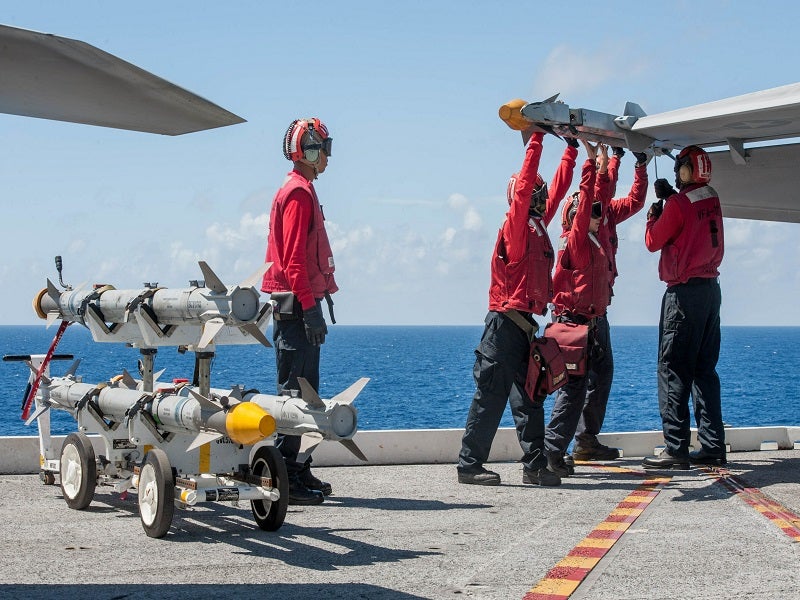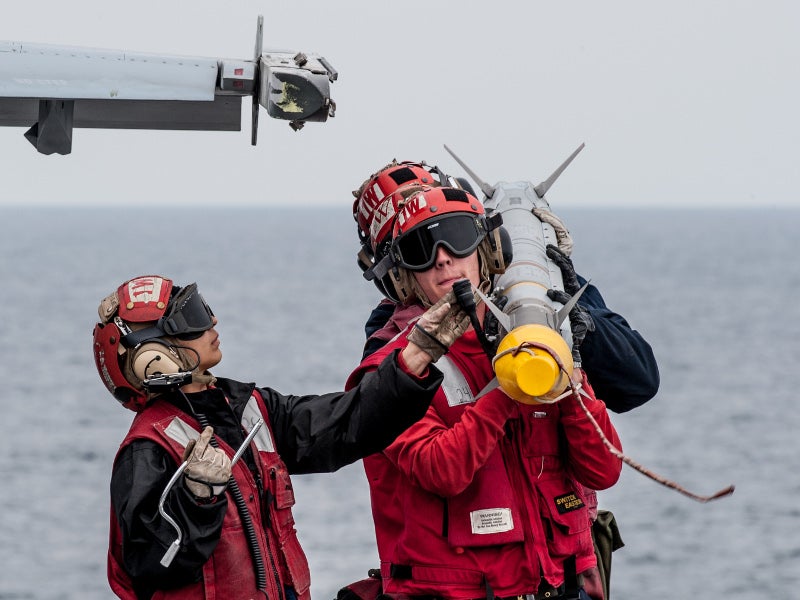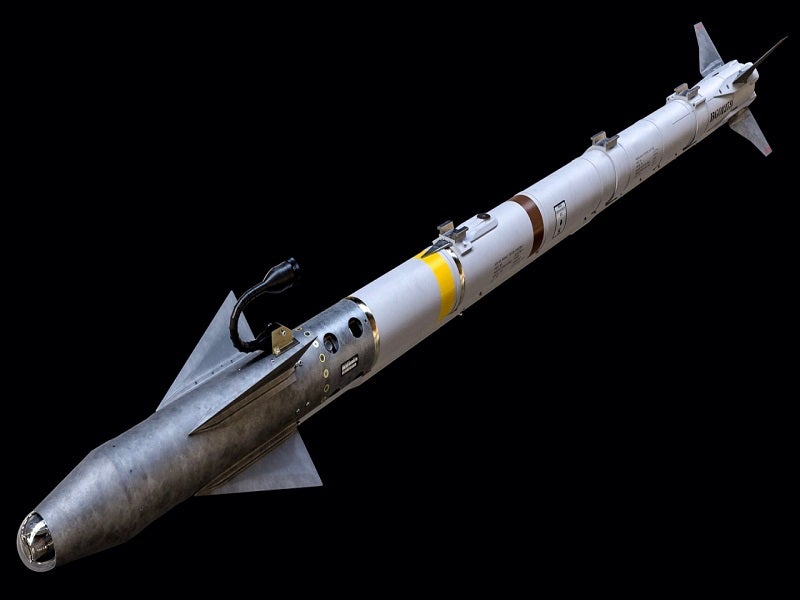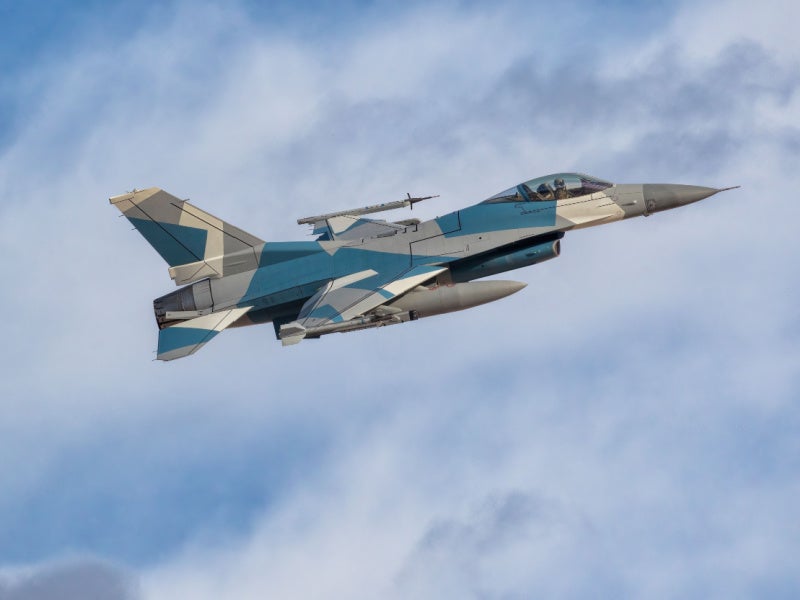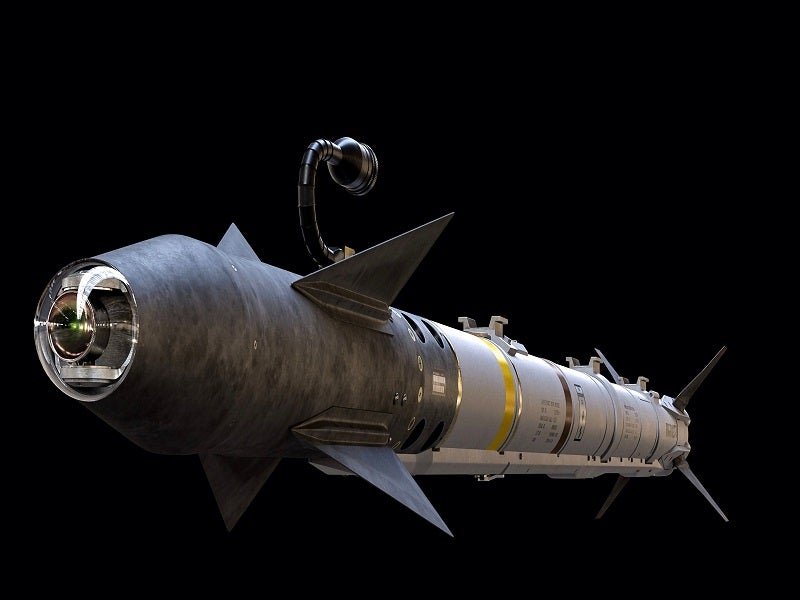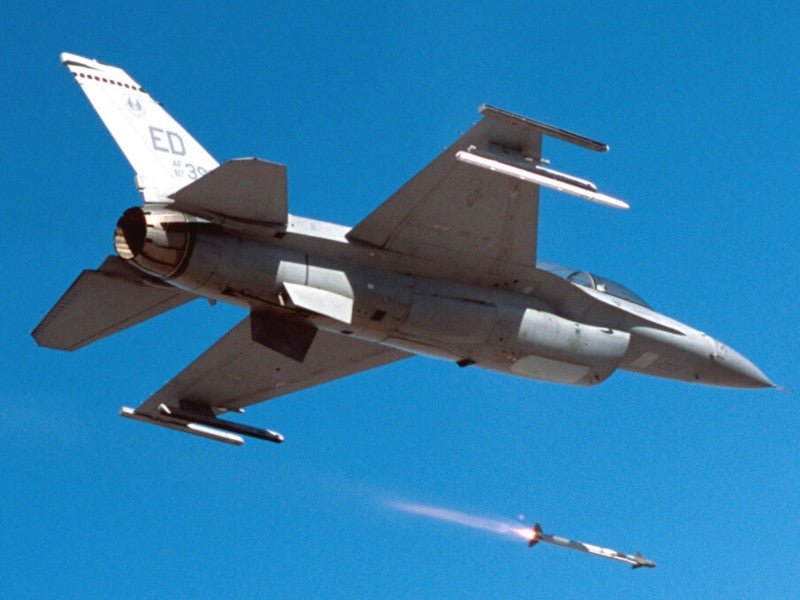The AIM-9X belongs to the family of AIM-9 Sidewinder short-range missiles produced by Raytheon, a defence contractor and a business unit of the defence company RTX.
It is an infrared air-to-air missile primarily developed for the US Air Force (USAF) and the US Navy.
The AIM-9X Sidewinder missile is in service with more than 24 countries worldwide and is supplied to North Atlantic Treaty Organization (Nato) member countries, as well as other US-allied nations.
The AIM-9X Block II missile was fired from the National Advanced Surface-to-Air Missile System (NASAMS) launcher for the first time in May 2019.
AIM-9X Sidewinder design and features
The AIM-9X incorporates an agile thrust, vector-controlled airframe. It uses a high-performance staring focal plane array sensor and integrates components such as a rocket motor, a warhead, and a fuse of AIM-9M. The digital design architecture of the missile can adapt enhancements for future requirements.
The missile has a length of 3m, a diameter of 12.7cm, a fin span of 44.4cm, a wingspan of 35.3cm and weighs approximately 85kg. It can carry a 9.36kg annular blast fragmentation warhead to a range of more than ten miles.
AIM-9X can be integrated with a wide range of aircraft, including the E/A-18G, F/A-18C/D, F-15, F-15C, F/A-18E/F, F-15E, F-16, F-22 and F-35 models. The missile is also compatible with the NASAM, LAU-7 and LAU-12X series launchers.
AIM-9X Sidewinder missile development
Development of the AIM-9X began under a joint US Navy and USAF programme. The AIM-9X acquisition programme focuses on fulfilling the urgent requirements of aircraft and troops by providing a next-generation Sidewinder to replace the AIM-9M missile.
The launch of the first AIM-9X missile took place in March 1999. Between 1999 and 2000, 13 separation and control test launches and 12 guided launches were performed from the US Navy’s F/A-18 and USAF F-15 aircraft.
Raytheon received the first low-rate initial production contract for AIM-9X in November 2000. Initial operational capability was achieved in November 2003 while full-rate production began in May 2004.
The AIM-9X Block II missile completed its first test firing in November 2008. Also known as AIM-9X-2, the missile is an upgraded variant with a lock-on-after-launch feature. The AIM-9X Block II has a redesigned fuse and a unidirectional forward-quarter datalink. This datalink enables it to engage targets even beyond the visual range.
Full-rate production of the AIM-9X Sidewinder Block II infrared air-to-air missile began following the US Navy’s approval in September 2015.
Raytheon revealed plans to increase AIM-9X Sidewinder’s range by up to 60% in 2018.
Raytheon and the Royal Norwegian Air Force conducted a flight test for AIM-9X Sidewinder Block II missiles from a NASAMS for the first time in May 2019. The missile engaged and destroyed its target during the flight test that was carried out at the Andoya Test Center in Norway.
The missile was also launched from the NASAMS air defence system during a demonstration conducted by the Strategic Development Planning and Experimentation Office of the Air Force Research Laboratory in 2022.
Guidance and navigation capabilities
The infrared (IR) homing guidance section performs tracking and guidance functions. The AIM-9X is a system-guided missile that employs a mid-wave IR FPA seeker. Equipped with high off-boresight (HOBS), the seeker can be used with a helmet-mounted sight to achieve a wider attack envelope. It uses passive IR energy for target acquisition and tracking. After the launch, the seeker follows the heat signature from the engines of the hostile aircraft.
The IR homing ensures that the launch missile can be launched during both day and night and in an electronic countermeasure environment. The missile is capable of engaging targets both within visual range and beyond visual range.
Propulsion details of AIM-9X Sidewinder
The propulsion system for the AIM-9X includes a Mk 36 rocket motor that integrates a thrust vector control package. The solid propulsion motor uses a reduced-smoke hydroxyl-terminated polybutadiene propellant. The cylindrical grain form and integrated control actuation system enhance the range and manoeuvrability of the missile.
AIM-9X orders and deliveries
The US Air Force received its 10,000th AIM-9X Sidewinder missile in June 2021.
The Taipei Economic and Cultural Representative Office (TECRO) in the US received approval from the US State Department for an $85.6m military sale of 100 AIM-9X Block II sidewinder tactical missiles and four AIM-9X Block II tactical guidance units in September 2022.
In June 2023, Raytheon was awarded a $264m contract modification by the US Navy for the Lot 23 production contract, originally awarded in December 2022. Under this modification, Raytheon will produce and deliver 571 AIM-9X Sidewinder missiles and associated parts, with deliveries expected to be completed by August 2026.
In May 2024, the US authorised the sale of $70m worth of AIM-9X Sidewinder Block II missiles to Romania, enhancing the air-to-air capabilities of Romania’s F-16 aircraft.
The US also announced the sale of $264.6m worth of AIM-9X Sidewinder Block II+ and Block II tactical missiles to Canada in August 2024.
The deal will cover 48 AIM-9X Sidewinder Block II+ missiles, 120 AIM-9X Sidewinder Block II missiles, 48 AIM-9X Sidewinder Block II captive air training missiles, 48 AIM-9X Sidewinder Block II special air training missiles, four AIM-9X Sidewinder Block II+ tactical guidance units, 12 AIM-9X Sidewinder Block II tactical guidance units, and eight AIM-9X Sidewinder Block II guidance units.

